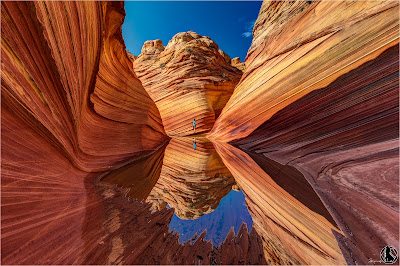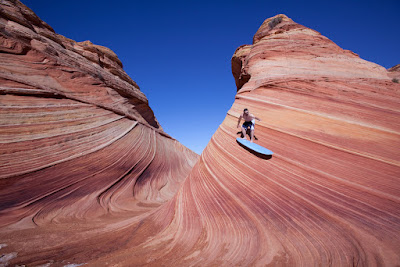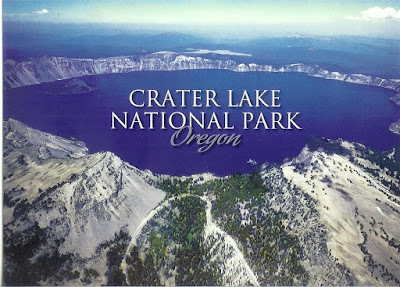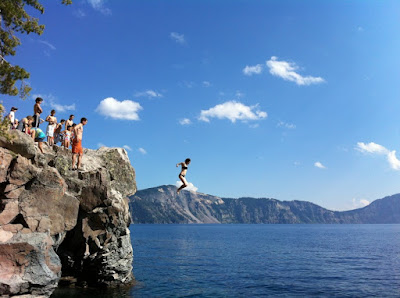The Grand Canyon is a majestic steep-sided canyon that attracts an incredible 5 million visitors per annum. Located in the southwestern U.S. state of Arizona, it has an average depth of 1220 meters (4000ft), and is 277 miles (445km) long. The South Rim of the Grand Canyon is the most frequently visited, thanks to its breathtaking views of both the canyon and the Colorado River far below. Interestingly, the Grand Canyon National Park is home to several distinct ecosystems, ranging from desert to forest land. These various ecosystems serve as an ecological refuge for many plants and animals, including many endangered species. Though not the deepest, longest, or widest canyon in the world, the Grand Canyon is renowned for its beauty and awe-inspiring size. The incredible 277-mile long rift divides the Colorado Plateau, forming part of the Colorado River Basin.

Erosion from the Colorado River is responsible for the formation of the canyon. Many estimates suggest that the process began about 6 million years ago. However, a recent study indicated that it might have begun sooner than previously thought - as early as 17 million years ago! Fascinatingly, the walls of the canyon offer an unparalleled representation of Earth’s different geologic phases. In fact, the rocks found in the walls of the Grand Canyon are believed to be approximately 1/3 of the age of the Earth itself.


The average elevations of the Colorado River, South Rim and North Rim are 2200 ft. (above sea level), 6800 ft. and 8000 ft., respectively. This wide range in elevation gives rise to the Grand Canyon’s immense biodiversity. Five of the seven life zones can be found in Grand Canyon National Park, as well as three out of the four main types of desert. As a result, the park boasts over 1500 native plant species, 355 species of birds, 89 mammalian species, 47 species of reptiles, 9 species of amphibians, and 17 species of fish. The park is also home to numerous endangered plant and animal species including the desert tortoise, two species of leopard frogs, the bald eagle, American peregrine falcon, and the bighorn sheep, just to name a few.

The best time of year to visit the Grand Canyon is during either spring or fall, when hiking conditions are ideal, and visitor numbers slightly lower. That is not to say that you should disregard a summer trip to the canyon by any means. However, high temperatures (exceeding 100 degrees Fahrenheit) do not provide ideal hiking conditions and large crowds will be present as it’s the peak tourist season. The winter brings harsh cold (sub-zero) and the chance of heavy snowfall, which may prevent access to either rim. In fact, the road to the North Rim is closed between late-October and mid-May each year.


Fly into either Las Vegas or Phoenix International airports. From here, you can hire a car, or alternatively, book yourself onto one of the many coach tours on offer. The drive to the Grand Canyon from either one of these airports takes approximately 5 hours. To drive to the Grand Canyon, take the Arizona State Route 67 to access the North Rim, or State Route 64 to access the South Rim and Grand Canyon village.










































































